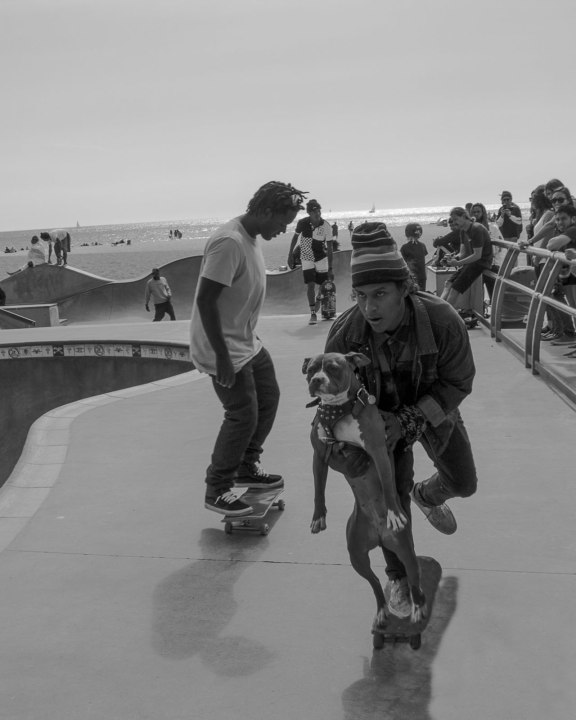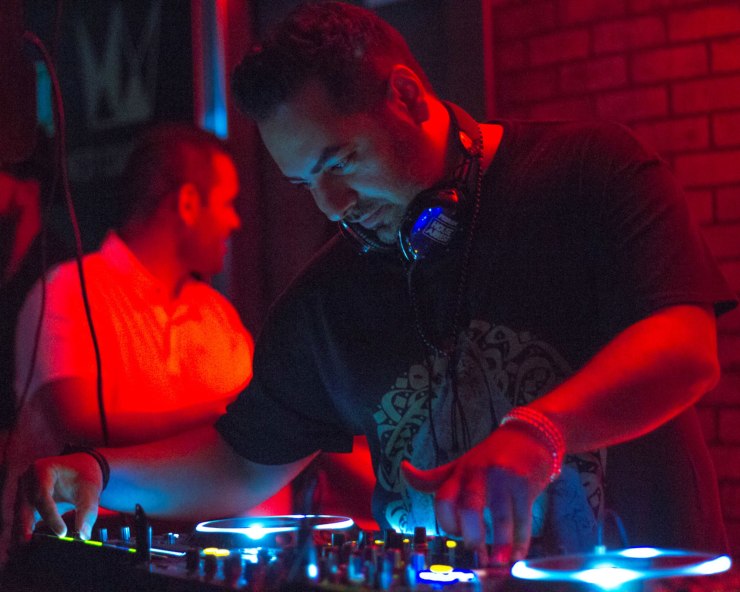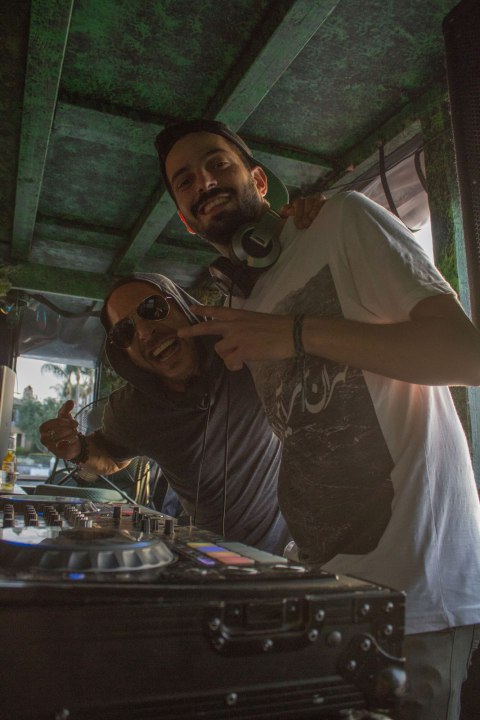Photographing events can be very fun. You feel the energy of the event, everyone around you is laughing and smiling, and people are generally having a good time.
Photographing events has led to some of my favorite photography experiences, but they certainly weren’t the easiest gigs. Things move fast when photographing events and you can miss key moments if you aren’t paying attention.
In order to prepare you for your next event photography gig, I have compiled three event photography tips to ensure you capture your best shots while having a good time. Let’s dive in.
Read the scene and set up the shot
The first thing I always like to do when I first get to an event is to read the scene. Scan the event as an attendee and see where the key areas are. This could be a dance floor, DJ booth, speaker podium, etc.
During this scan, you are looking for the areas that are most lively. It is in these areas that you will find the most exciting and where you can capture your most candid shots.

You can capture environmental shots of the whole event, however, these key areas are where you will want to set up your shots. After all, the photographs of people are the moneymakers.
People looking at these event photographs afterward will want to feel the energy and excitement of the event when they look at your photo to relive those moments or to live vicariously through the photograph.
Event photography is a lot more than just lifting the camera and shooting — it is about seeking out these key moments, powerful expressions and waiting for them to appear.
Set up your shot within these key areas and wait for a smile or reaction then capture your shot. Make sure you have your exposure settings nailed down when you first arrive at these key areas so you don’t have to adjust them in the middle of an important moment.
Be ready
A mistake I made when first photographing events would be to walk around the event and capture the moments in these key areas after they had appeared. I would not be set up and ready to go. I would put my camera down, not be ready, and when the key moment of excitement happened, I would miss it.
Over the years, I have learned to set up my shots and wait for that great moment to occur by already setting up in these key areas of excitement. With experience, you will learn to anticipate these shots. You will already be there, ready to capture the precise moment.

Once you identify these key areas and captured the candid shots that you wanted, move on to the next key area.
Bonus tip
Use your senses to find these key areas. If you are in a club and you see bright neon lights and people gravitating toward there, follow them. If you are near a dance floor and not many people are dancing but you hear people laughing somewhere else in the room, go toward that noise. Use your senses when at an event. It is easy to get “tunnel vision.” After photographing a couple of events, you will begin to notice and easily spot these key areas.
Fill your frame with the action
The second tip is to fill your frame with your subject and to get rid of any unnecessary fluff that detracts from your subject, does not add value to the image, or does not add to the moment.
This is what separates the great event photographs that people love from the “OK” event photographs.
The photographers who are willing to get in there, capture and frame a powerful moment are the ones who often get the best shots.

If you are at an event where it can be hard to “get in there,” then bring multiple lenses — a shorter focal length and a longer focal length will be essential. You should know what type of event you will be photographing beforehand so plan accordingly.
Bonus tip
If you find that it was very hard to frame just your subject without incorporating some “fluff,” you can easily crop and frame your subject in post-production. Not every photograph shot out of your camera has to be a perfectly framed masterpiece. Luckily we have post-production editing to clean it up!
Master your editing workflow
Editing photos in post-production from an event photography session can be a nightmare if approached without a game plan/strategy.
If you do not have a strategy and are not efficient in your post-production workflow, you can spend two or three times longer editing the photos than you were at the actual event!
The first thing I do before I even open up my photo editing software and import all my photos is to delete all of the blurry images straight from my camera. Once I do that, I immediately go through the event and give my images a star rating in two rounds.
What do I mean by this?
I give the photos from an event either a zero, three or five-star rating. The zero-star rated images are the rejects. These are usually unfocused shots or just shots with no composition whatsoever. The three-star rated images are images I am unsure about. The five-star rated images are the images I will want to send to the client and will edit immediately. That is the first round.
In the second round, I repeat the process but all of the zero-star rated images are removed, while some of the three-star rated images may be turned to zero-stars. Finally, some of the five-star rated images will turn to three-star rated images after closer examination.
After the second round, you should have a solid grouping of three-star and five-star rated images that will be ready to edit.
Bonus tip
Using a preset in a photo editing software such as Lightroom or Lightroom Classic will also save a lot of time in your post-work editing. Make your basic crop adjustments then apply your filter to all of your photos and you will be set. Just run through all the images one more time making minor tweaks then you will be done!
Invest in the Right Equipment
When shooting event photography, ensure you have a proper battery grip and that you have a comfortable camera bag that can fit your camera.
Now I want to hear from you! Are there any tips from this list that you will implement immediately? Or do you have a story in which these tips would have helped?
Either way, leave a comment down below and let me know!
Tell your story with the second annual Visual Storytelling Conference!
Experience four days of interactive, online training sessions featuring a range of educational content with experienced photographers and content creators. This free event kicks off with a series of technical boot camps to build essential skills, followed by live, online sessions on photography, video, business and social media. Join live from March 10-13, 2022!
